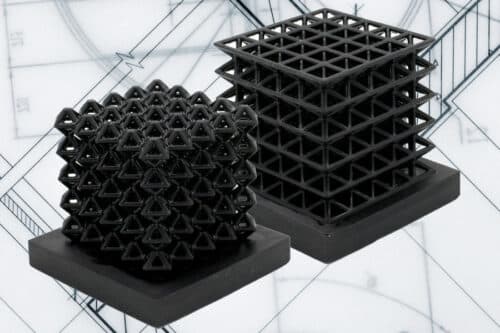Engineers have developed 3D printed materials having tunable properties with a network of sensors embedded in it.
Researchers at MIT have developed a method for 3D printed materials with tunable properties that can sense their own movement and interaction with the environment. This was done by incorporating a network of air filled channels into the structure.

“The idea with this work is that we can take any material that can be 3D-printed and have a simple way to route channels throughout it so we can get sensorization with structure. And if you use really complex materials, then you can have motion, perception, and structure all in one,” says co-lead author Lillian Chin, a graduate student in the MIT Computer Science and Artificial Intelligence Laboratory (CSAIL).
3D printed materials can possess different mechanical properties, but integrating sensors within the material is complex, considering the structure of different materials. Placing a sensor on the outside of the material can be quite easy but it may not provide a precise description of how the material deforms.
To tackle this problem, researchers developed the material with air-filled channels embedded in the material’s lattice itself. When the material is deformed and the volume of air within the material changes the corresponding change in pressure is measured. This change of pressure and its readings provide the information of how the material is deforming.
This material was developed using the digital light processing 3D printing method. In this method, the structure is drawn out of a pool of resin and hardened into a precise shape using projected light. An image is projected onto the wet resin and areas struck by the light are cured.
“Sensorizing soft robots with continuous skin-like sensors has been an open challenge in the field. This new method provides accurate proprioceptive capabilities for soft robots and opens the door for exploring the world through touch,” says Senior Author Daniela Rus.
Researchers look forward to finding new applications for this technique, such as creating novel human-machine interfaces or soft devices that have sensing capabilities within the internal structure.





